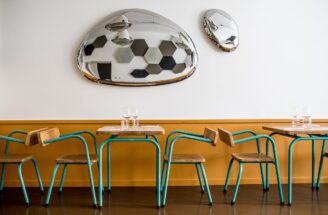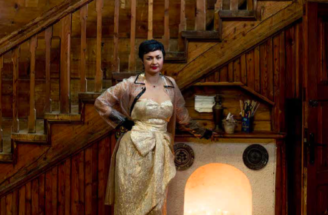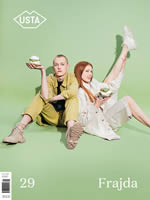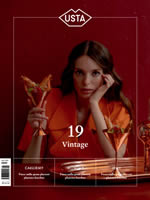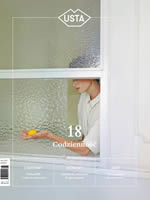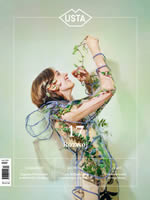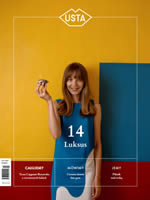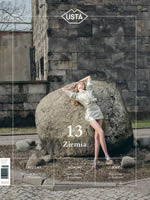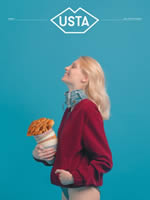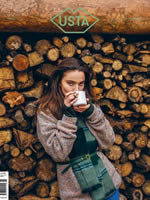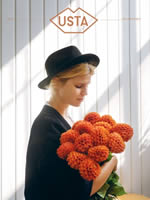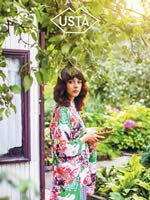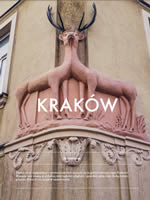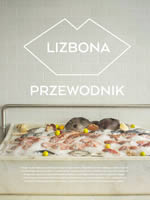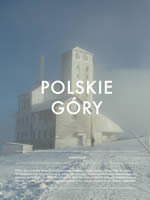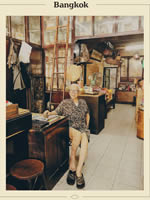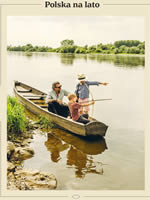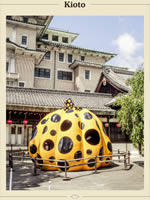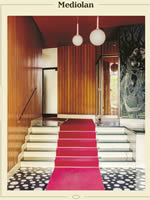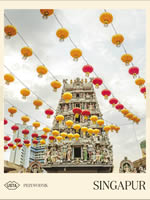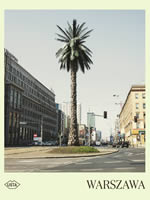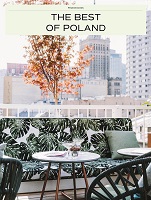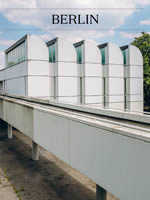Noma is located at the end of the street Strandsgade canal in an old warehouse, which Noma shares with the Greenlandic cultural center. Currently, next to the building, another bridge connecting this part of Christianshavn with the city is built. It will make the transport much easier, because so far, the way to the center is a little inconvenient.
Noma’s interior is very simple dominated by brown, beiges and gray colors, Scandinavian minimalism, wood, leather, stones and fresh flowers. Opposite the entry of the restaurant is a kitchen, to the left is the main hall, to the right a lounge, where guests are resting after a meal while enjoying a coffee.
Main kitchen, which is located downstairs, is the heart of this place. Here the whole team gives 150 % every day and this is where the magic happens. The kitchen on the ground floor is open. Through the windows we can see the chefs, but guests usually stare at the coming plates.
We go through the kitchen to the back door and we are in the back room. Here we have a grill where the main star is Josper – a device combining the functions of the oven and charcoal grill. Ours is brand new, only a few months old and is designed specifically for the needs of Noma. Even newer toy is a traditional Japanese grill to make jakitori. The crew is training on it before going to Japan.
In front of the grill are three containers. On the roofs of two of them is a summer garden. And what is inside them? Fermentation Laboratory. It is divided into 7 rooms, in each there is a different temperature. There are rooms, in which kombucha is produced (oh, about this I have to write a separate episode), lacto fermentation takes place, koji grows and garum is fermented. This place looks like a department of a chemistry institute.
To the right of the lab is a basement. Here are stored dry products and a freezer with the inventory.
We go back inside, through the winding stairs to the top. On the right side we have the PDR, it means a private dining room – a room for small banquets for up to 20 guests. On the left side is the production kitchen. Mainly trainees work here, each in his own section, which I described in the previous episode. The place is equipped with all the miracles of modern technology, such as sous vide machine, vacuum packaging and dehydrators for vegetables and fruits, as well as a whole bunch of blenders, juice extruders and mixers.
This kitchen is also responsible for PDR. In fact, here upstairs there are two kitchens, because there is a smaller room called AM. Here are produced juices for the menu. We go through the next door and we are in the staff room. The most important place is here the “test kitchen” where René, Lars, Thomas and Rossio work on new recipes. In the common area there is also a dining room, table football, a library with culinary books from around the world, the wall of fame – a shelf with prizes for Noma, an office and a winter garden.
Behind another door are toilets, theoretically nothing interesting, but imagine what was my surprise when I went there for the first time, I came across a huge stuffed polar bear standing on two legs. Greetings from Greenland.
I hope you enjoyed the walk. See you soon. I have still one month to the end!
Text and photos: Maria Przybyszewska
The sponsor of Maria Przybyszewska’s report from the stay in Noma is HERMES, a manufacturer of functional water taste. www.hermes-amita.com.pl
NOMA: FROM THE BASEMENT TO THE ROOF

